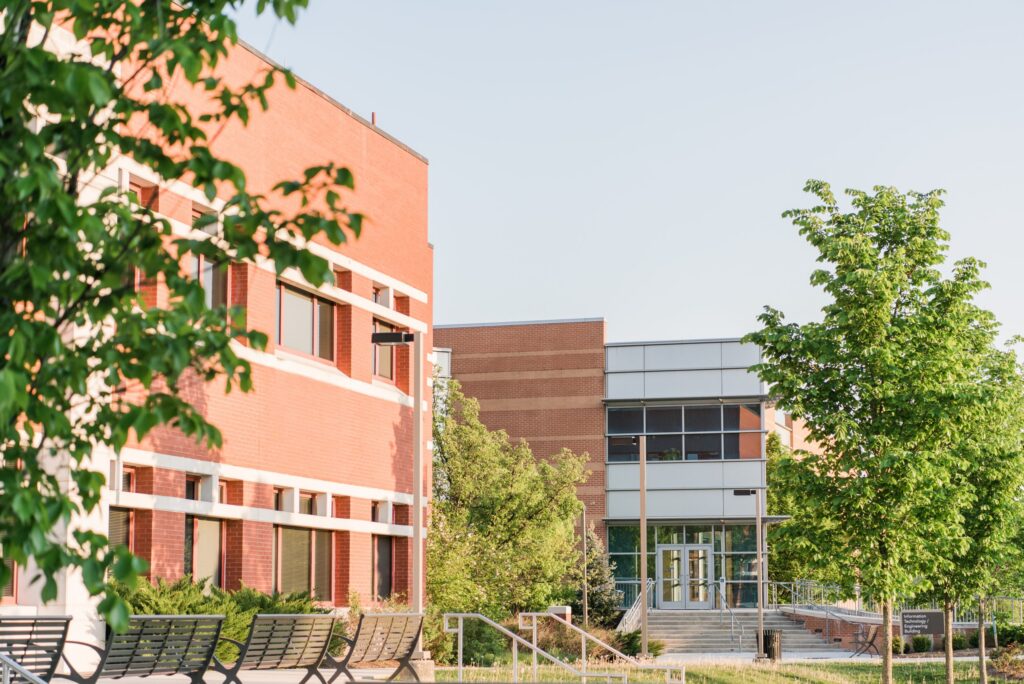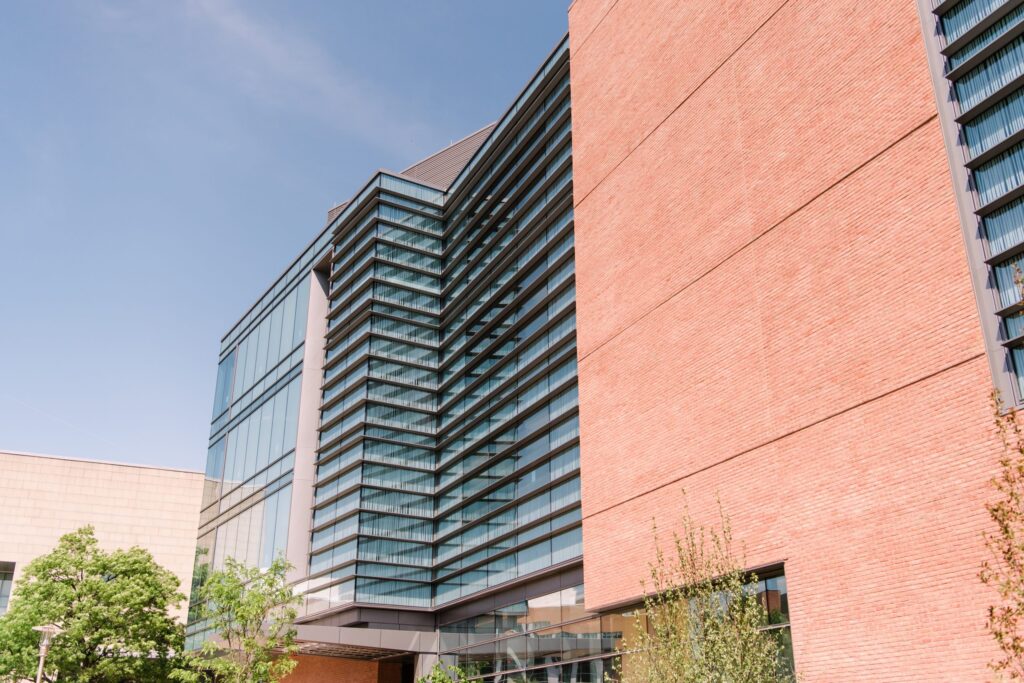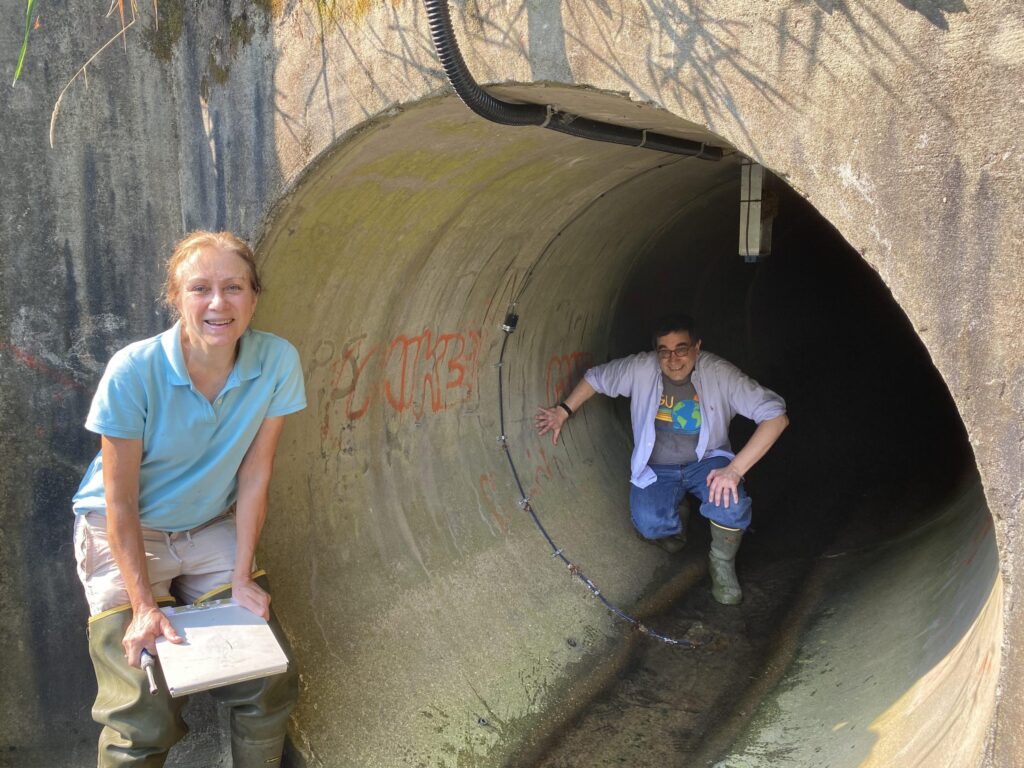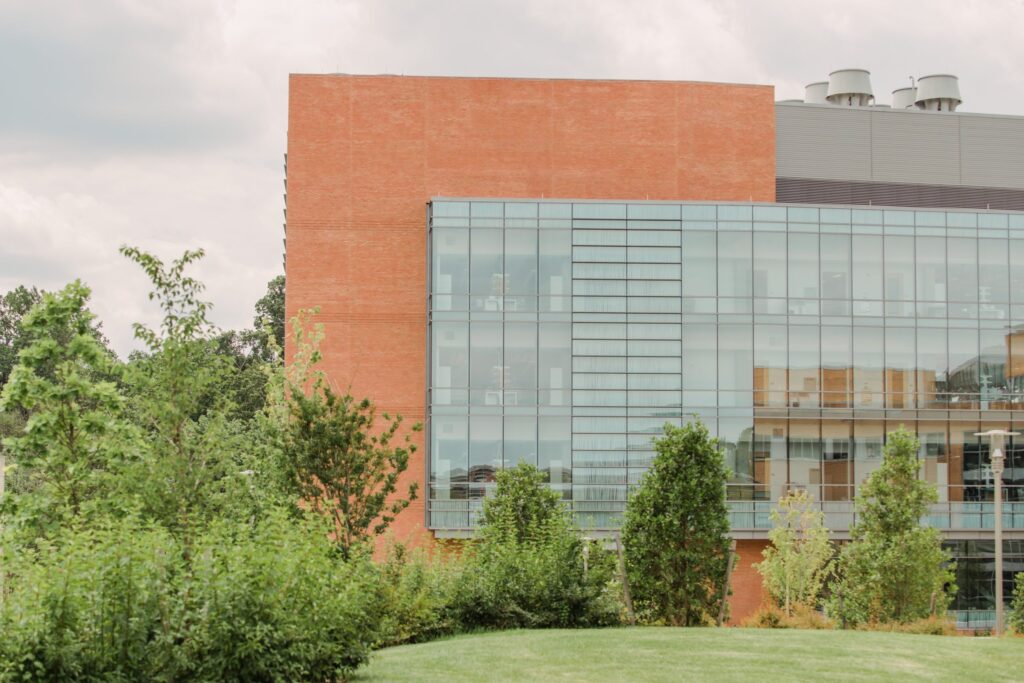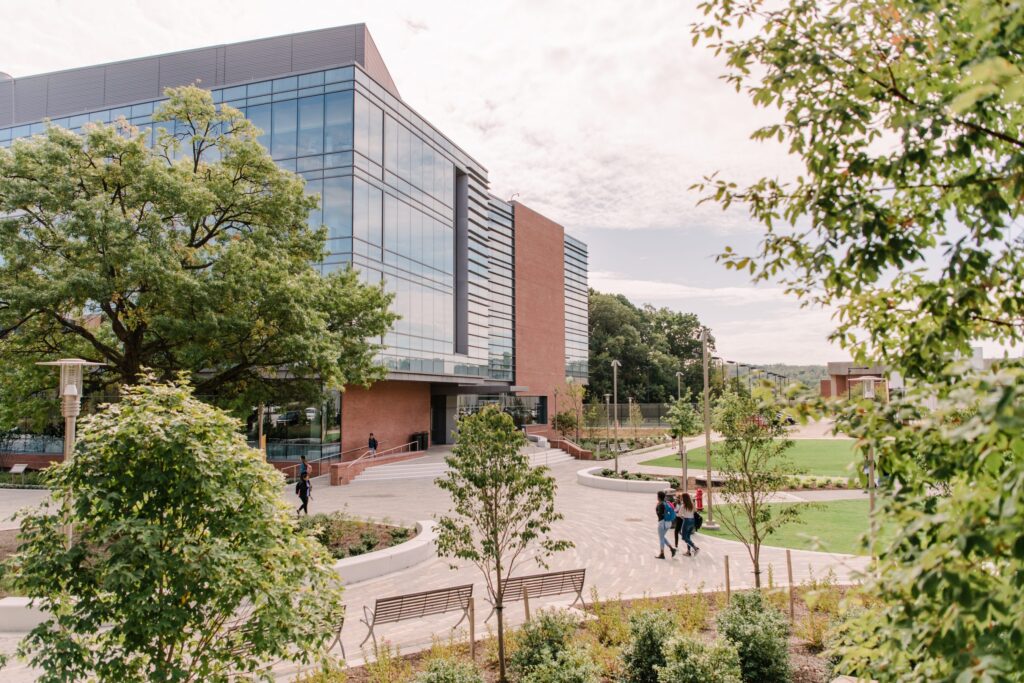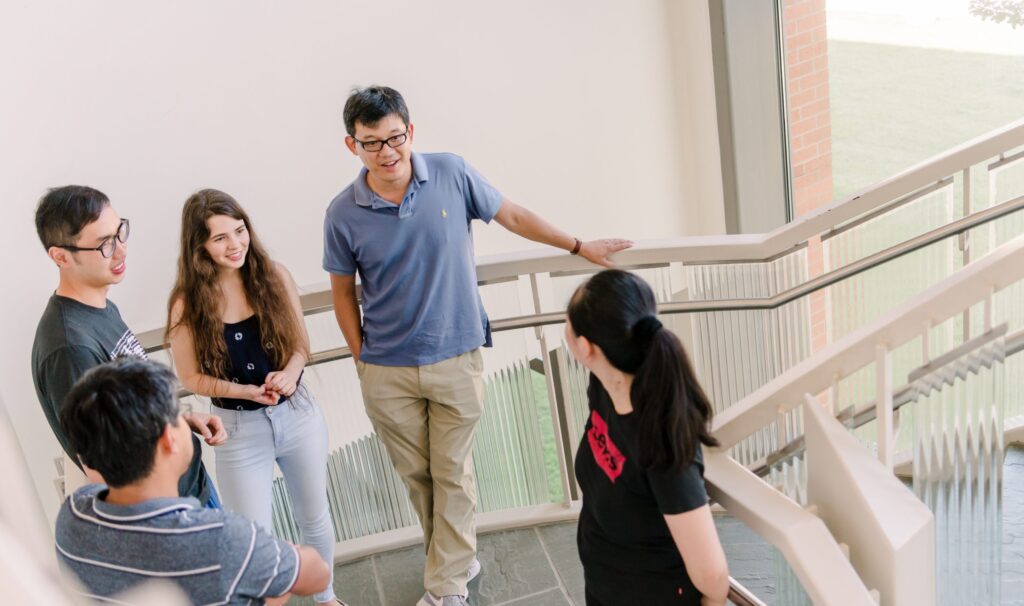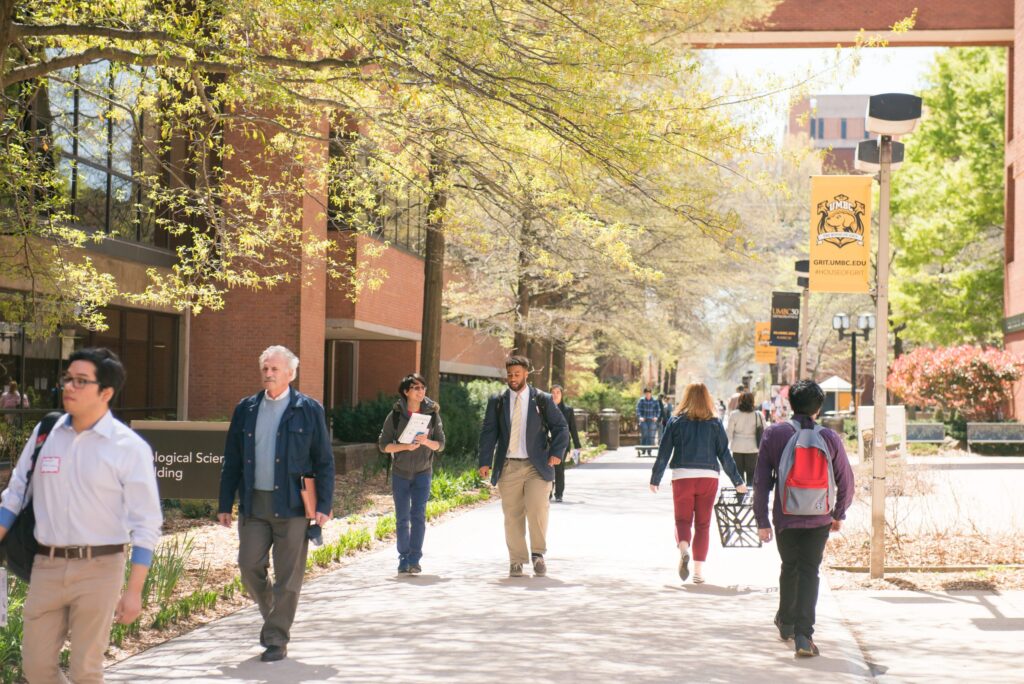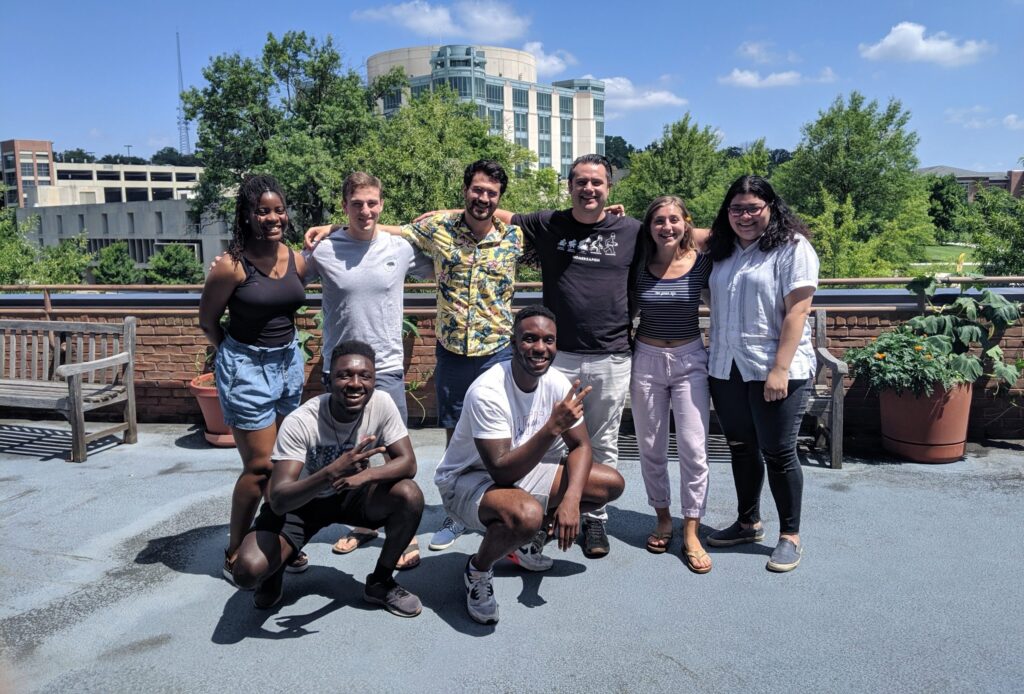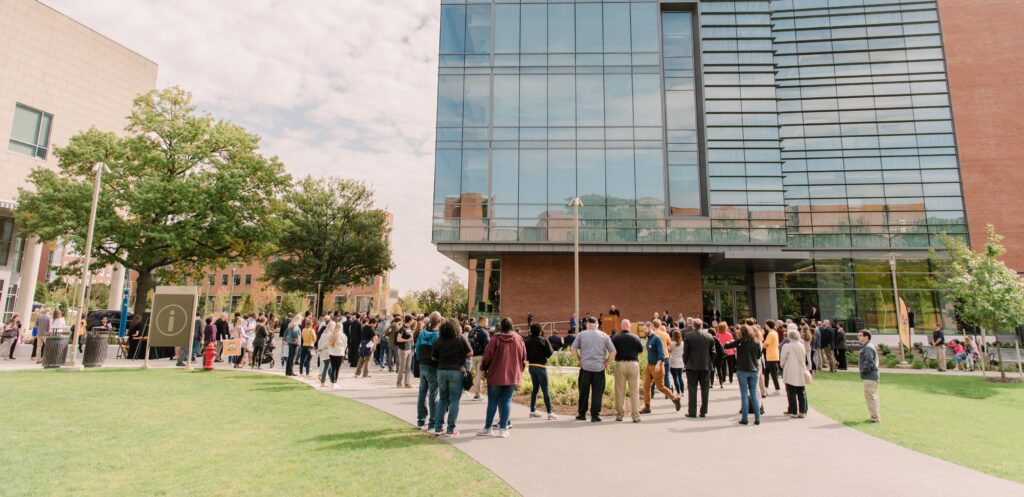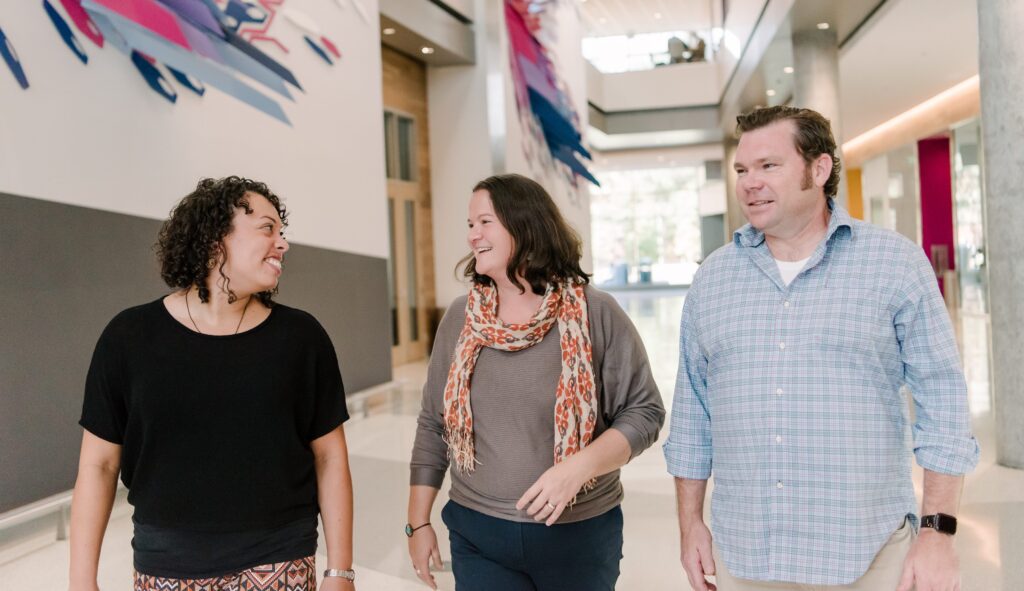Research team led by UMBC’s Mark Marten studies how fungal cells respond to stress, repair broken cell walls
Fungi play an important role in the development of pharmaceuticals and enzymes, and agriculture. By understanding how fungal cells work and respond to stress, Mark Marten and his collaborators hope to help reverse-engineer processes that could have a broad range of applications. Continue Reading Research team led by UMBC’s Mark Marten studies how fungal cells respond to stress, repair broken cell walls

